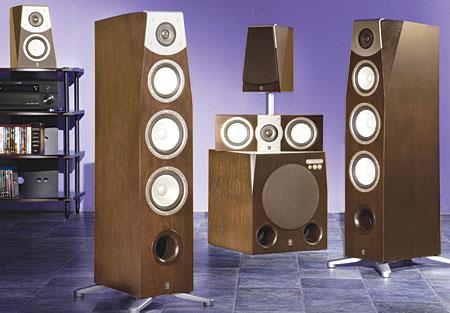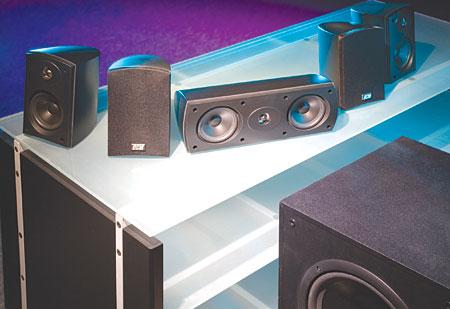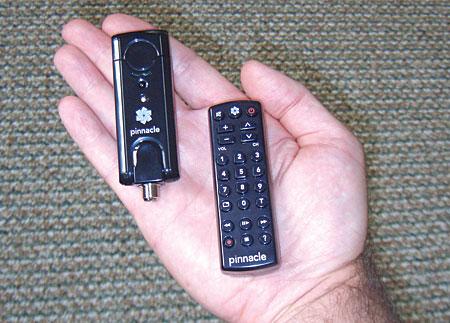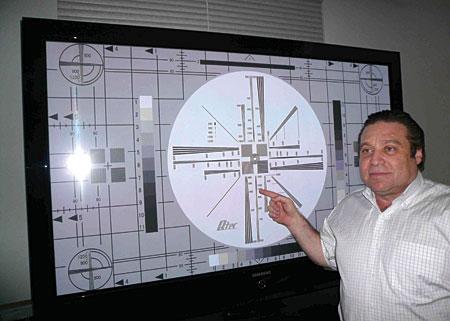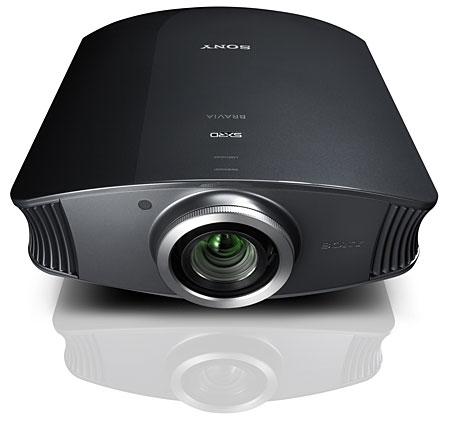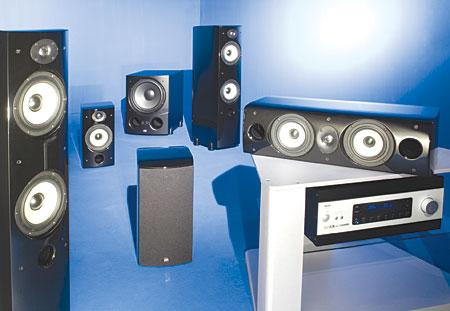LATEST ADDITIONS
|
Nov 15, 2007
|
Nov 15, 2007
|
Nov 15, 2007 |
First Published: Oct 15, 2007
|
Nov 15, 2007 |
First Published: Oct 15, 2007
|
Nov 15, 2007 |
First Published: Oct 15, 2007

